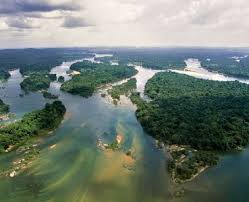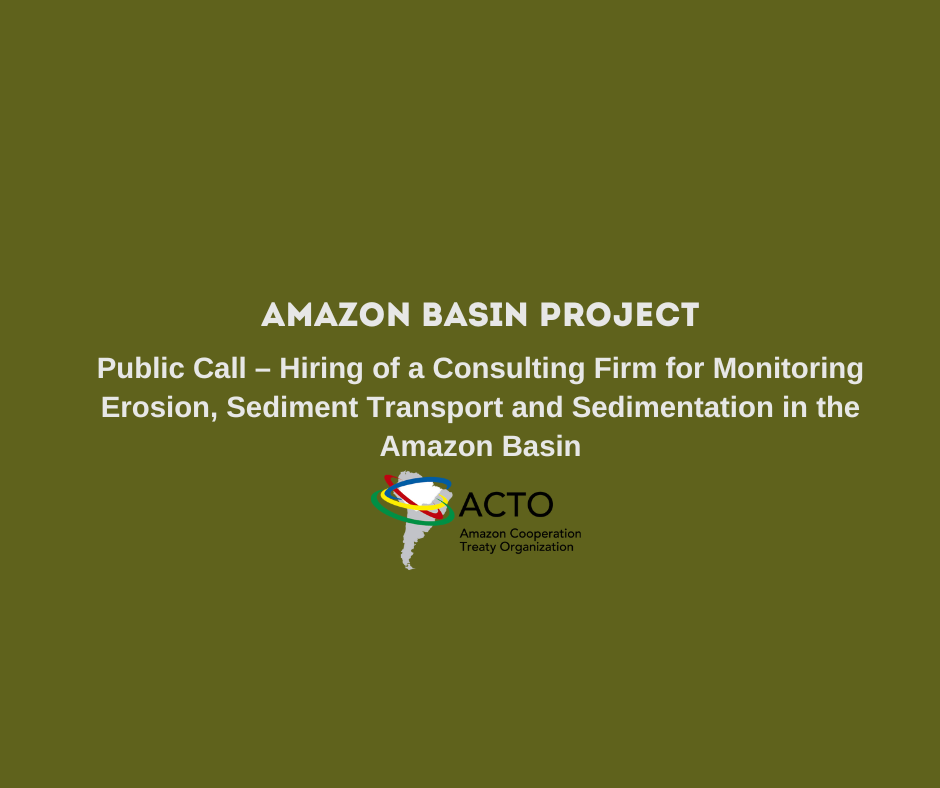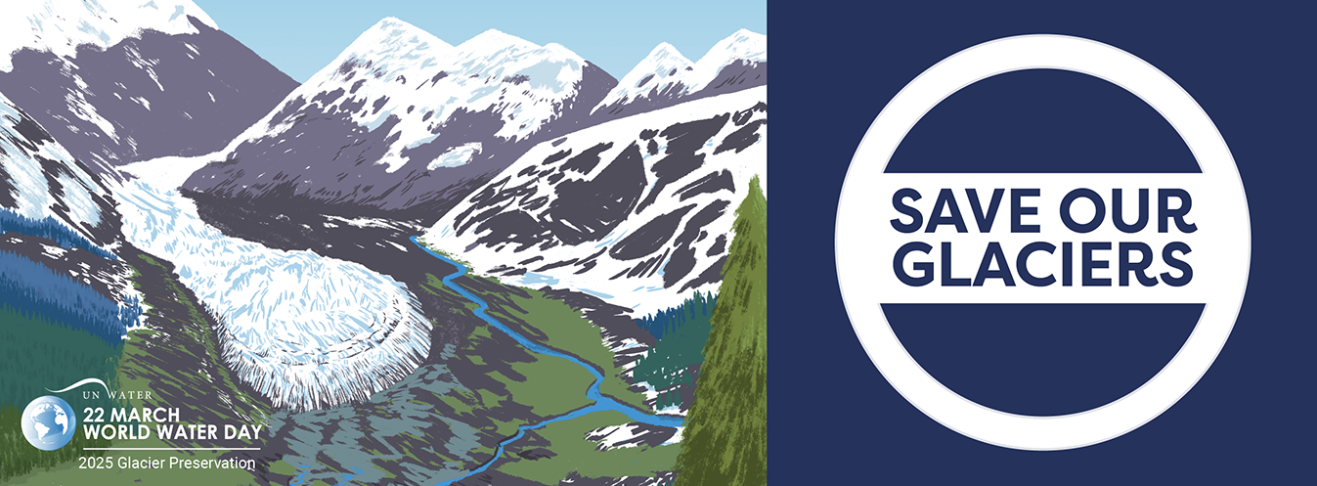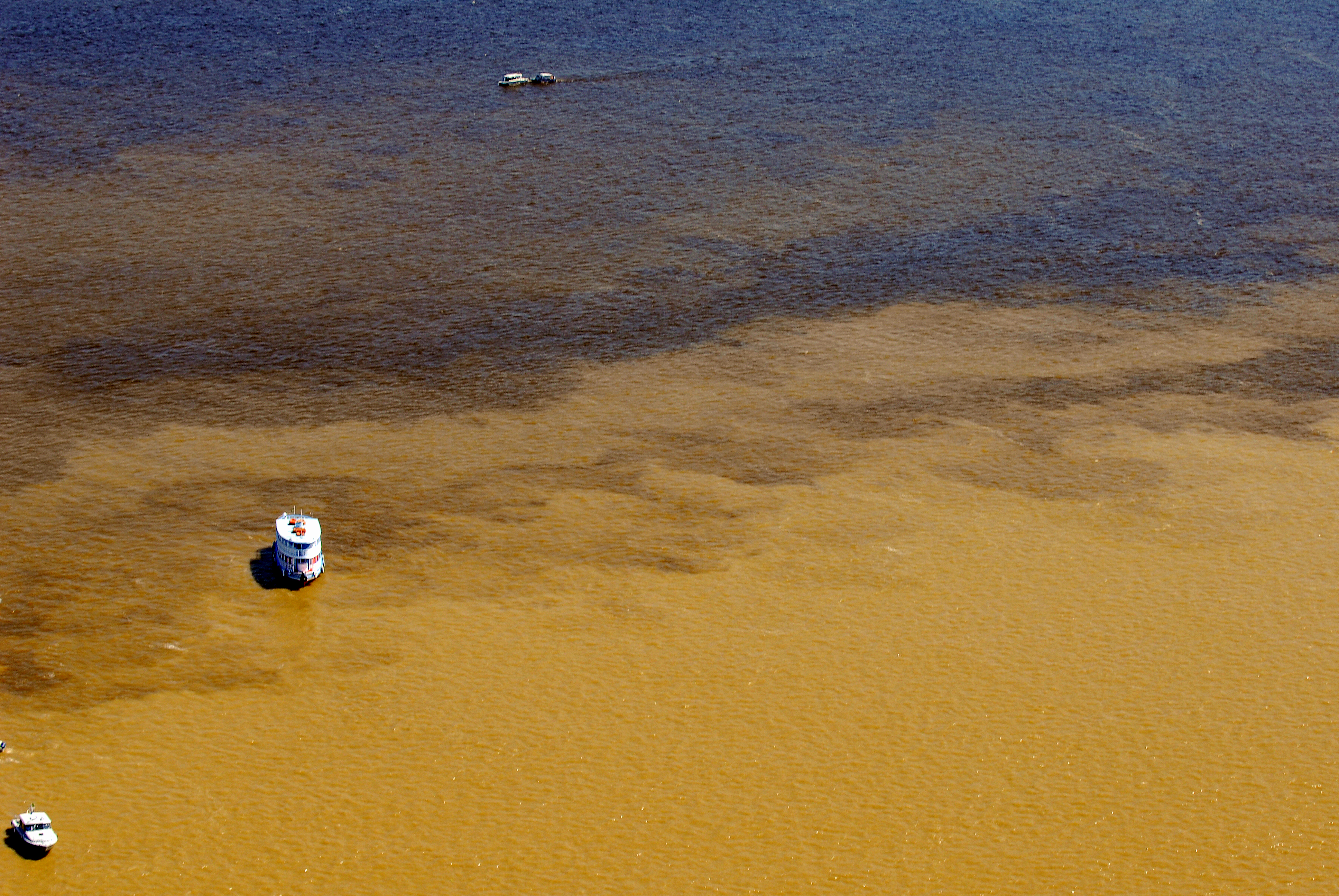The national and regional efforts of ACTO member countries to improve the state of Amazonian water resources and ecosystems and provide greater protection for aquatic resources and terrestrial habitats include the integration of national environmental monitoring systems. This process, which began in 2019 with the creation of the Water Quality Network and the Amazon Hydrological Network under the Amazonas Project, gained new momentum with the Amazon Basin Project through the start of the conceptualization, rationale and implementation of the Integrated Water Resources Monitoring System for the region.
With the integration of data from national information systems on water quality, rainfall rates and river levels and flows, the participatory and innovative governance of the Amazon Basin gains fundamental support. 600 million hectares will be covered by the Integrated Water Resources Monitoring System, strengthening the region’s capacity to withstand the impacts of extreme weather events and rising sea levels, improving the resilience of communities and ecosystems and, in turn, the water and food security of the Amazonian population.
Professor Naziano Filizola, from the Department of Geosciences (Undergraduate and Graduate) at the Federal University of Amazonas (UFAM) and the Graduate Program in Climate and Environment at the National Institute for Amazonian Research and the Amazonas State University (CLIAMB/INPA-UEA), is the expert responsible for developing the Integrated Water Resources Monitoring System and creating the Integrated Regional Information Platform on Integrated Water Resources Management (IWRM) in the Amazon Basin. This platform will make the system’s data available by connecting to the Amazon Regional Observatory – ARO, the Amazon Information Reference Center of the Amazon Cooperation Treaty Organization (ACTO). In this interview, he talks about his work methodology, the challenges of harmonizing protocols, the importance of regional cooperation and social participation, among other subjects.

Professor, you recently finalized your Work Plan for the consolidation of the Integrated Regional IWRM Platform in the Amazon Basin. Considering that the eight Amazonian countries have different standards and procedures for managing and monitoring their waters, do you think that aligning these protocols to generate regional indicators with the necessary rigor, both technical and scientific, will be the main challenge in consolidating the Platform?
The harmonization of national protocols is certainly one of the major challenges in this process of integrating monitoring systems, since each country defines its water resource management policy based on its internal socio-economic context and population distribution. For this reason, it is common to see situations in which the monitoring of national waters has prioritized the river basins with the highest population density and where there is a greater concentration of industries relevant to the national economy, often not giving priority to the Amazon Basin. There are also differences between countries in terms of, for example, the level of quality of the information obtained by monitoring systems or the type of data processing, and this is basically due to the different technologies installed.
The technological and methodological alignment of national monitoring systems, which will obviously require the mobilization of financial resources to adapt existing systems, is strategic for strengthening regional hydrological and water quality monitoring in the Amazon Basin. By committing to the definition of common protocols, the countries are seeking to create a single scenario for the Amazon Basin so that the reality of the region can be seen in its entirety and not partially, as is the case today.
In this sense, ACTO is playing a central role, which is to support the countries so that the harmonization of protocols can be achieved in the shortest possible time, seeking to collaborate, including access to financial, technical and human resources. The national institutions that operate the water quantity and quality monitoring system have also been important players in the process, which has already begun, of building a set of standards that will organize the monitoring of surface waters in the Amazon through the Amazon Hydrological Network and the Water Quality Network.
What parameters should be used to align the different standards and procedures?
We start from the premise that the common protocols must be viable for all countries, in other words, they need to reach a level that allows them to adapt as quickly and as well as possible. Therefore, the incorporation of these protocols must be preceded by a snapshot of the reality and an assessment of each country’s capacity to adapt, the time needed to fully establish each protocol in the national territories, the need for technical training for the teams and the socio-cultural aspects that may represent a limiting factor in the process.
In line with this principle, the reality of each country was the starting point for the construction of the first proposals for protocols presented for the Amazon Hydrological Network and the Water Quality Network, which will make up the Integrated Water Resources Monitoring System. All the protocols to be established for each of the networks that will make up the system will be based on a snapshot of what exists in the region at a national level and should be at a common level of execution.
There’s no point in taking highly developed realities as a benchmark for monitoring the region’s water resources if not all countries are capable of achieving them. Their commitment is to the agile creation of interaction and integration mechanisms so that regional management is made possible in the shortest possible time, not to building obstacles. However, this does not mean that countries that are at a more developed level in certain aspects cannot continue with what they are doing, but only that they must, in solidarity, follow the same protocols as the others for sharing data from the stations indicated to make up the two networks.
What role does regional cooperation play in this process?
Since this is a challenging process for all ACTO countries, cooperation between them is essential, especially in terms of circulating information quickly, efficiently and transparently, so as to promote joint and immediate knowledge of the regional reality. The exchange of experience on collecting, processing, distributing and publicizing information, as well as on the use of tools and methodologies, is of the utmost importance, especially in the process of adapting systems to common protocols.
Dialogue will therefore be central to harmonizing standards and procedures across countries. That’s why we are planning various training courses with tools to facilitate communication, dialogue and the building of good professional relationships between the monitoring teams.
This joint journey will certainly be a rich experience and one that will benefit professionals and institutions at national and regional level, who will gain prominence on the national scene as operators of quality information systems.
Which methodology will be used to consolidate the Integrated Water Resources Monitoring System and the subsequent implementation of the Integrated Regional Information Platform on IWRM in the Amazon Basin?
The work will be organized into interrelated organizational process units, such as the one aimed at validating and registering water analysis laboratories, according to criteria laid down in protocols, and the creation of situation rooms so that countries can analyze their data to the same standard of quality and definition.
Each process will have successive management cycles so that each of its stages is mapped and generates reference indicators for the next stage. Setting up a scenario at the end of the cycles will guarantee, in addition to the management indicators, an upward curve of improvements in all the stages of the processes. By producing a virtuous management circle, this methodology will allow the eight countries to make leaps in quality at each end of the cycle, creating the necessary conditions for integrated water resources management to be made possible in the shortest possible time.
How do you plan to organize the participation of civil society in the process of consolidating the Platform and to what end?
The vision of national and regional realities can only be built by listening to society. We cannot rely solely on information provided by artificial intelligence, satellite and automated systems; technology is no substitute for the necessary participation of people in the process of building integrated management of the Amazon Basin.
Experience has shown that a variety of one-off social initiatives, such as the renowned MAP Initiative, a cross-border movement in the South-Western Amazon that brought together civil society, NGOs, academia and authorities in favor of the sustainable development of the region, are capable of taking accurate X-rays of local problems and presenting viable solutions for the Amazon, consistent with respect for the dignity of citizens. These are initiatives that could well be replicated in different regions of the basin where similar problems exist.
For this reason, throughout each of the processes for building the regional management of the Amazon Basin, we will organize seminars to share technical and scientific information and get to know the opinion of the users of the monitoring data, certain that periodically listening to civil society will promote the continuous improvement of the Integrated Regional Information Platform on IWRM in the Amazon Basin, just as the information made available on the platform will encourage social action and monitoring.
Regional monitoring of the processes of erosion, sediment transport and sedimentation in the rivers of the Amazon Basin is one of the key actions provided for in the Strategic Actions Program (PAE) for the Integrated Management of Water Resources in the Amazon, agreed by all the Amazonian countries seven years ago. Will the data relating to these processes be included in the Integrated Water Resources Monitoring System?
We have the responsibility of putting together a general picture of our knowledge of the subject in the Amazon and evaluating the techniques used by the countries to put together the suspended matter flow balances, which are generally costly and tedious. For this reason, we will also evaluate the relevance of using satellite techniques to monitor suspended sediment flows in the rivers of the Amazon Basin. Since satellite technology only determines the flows that take place on the surface of the water, our biggest challenge will be to also evaluate the use of ancillary techniques that allow us to know the flow throughout the water column. The aim of carrying out these evaluations is to provide input for the development of a program to monitor suspended sediment flows in the rivers of the Amazon Basin and their subsequent incorporation into the Integrated Water Resources Monitoring System.
Has your participation in working groups and events promoted by the World Meteorological Organization (WMO) enabled you to see which of its programs could be added to the Integrated Monitoring System to strengthen regional management of the Amazon Basin?
The WMO currently has two important programs in which we believe ACTO will be able to participate. These are WHOS and HydroSOS. The first is a platform that facilitates access to global hydro-meteorological data, and ACTO’s Amazon Regional Observatory (ARO) could play an important role in this context, becoming, for example, an important WMO window on the Amazon or a repository for data from the region obtained by the WMO. The second program, which is still under development, will generate synthetic representations of the current state of surface and underground water reserves in different parts of the world, indicating the prospects for their long-term evolution and the likelihood of extreme events occurring in the short and medium term, among other things. As this information is relevant to the Amazon, I believe that ACTO will have a lot to exchange with the WMO in the case of this program.



